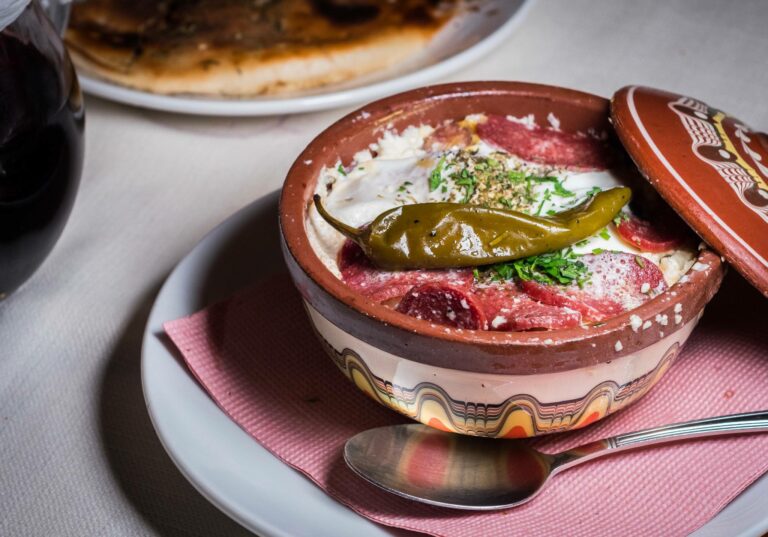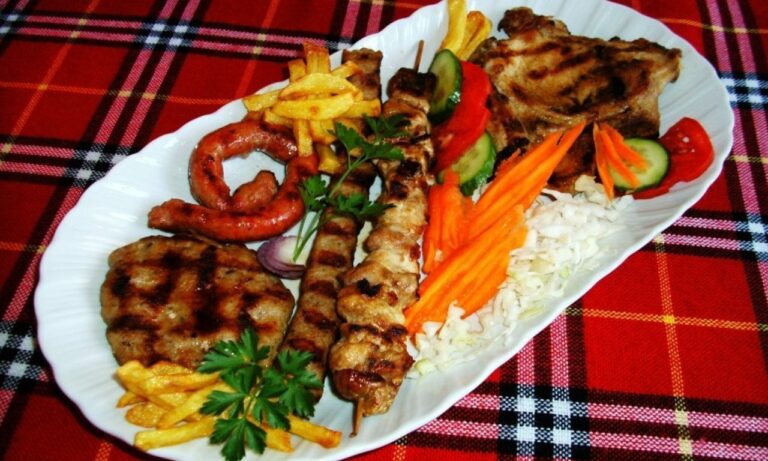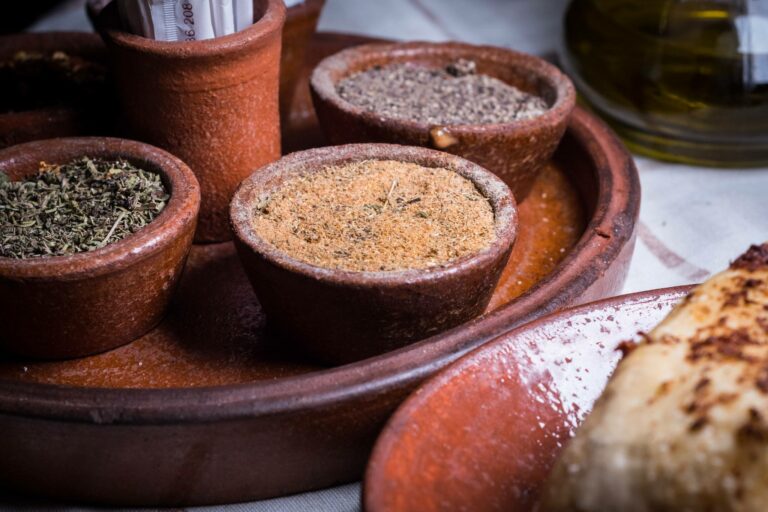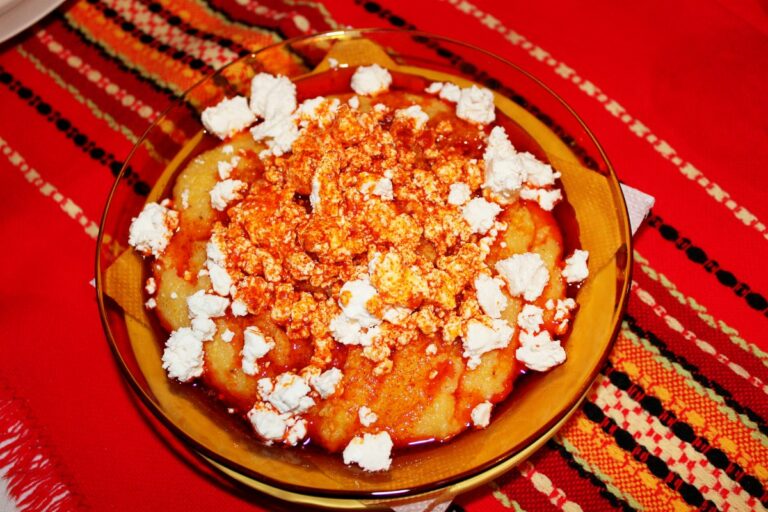Introduction: Exploring Bulgarian Cuisine in [City]
Bulgarian cuisine is a delightful combination of Mediterranean, Slavic, and Turkish flavors. If you are in [city] and looking for a taste of Bulgaria, you are in luck! This vibrant city offers a variety of Bulgarian restaurants that cater to different tastes and preferences.
Authentic Bulgarian Restaurants in [City]
For an authentic Bulgarian experience, head to [restaurant name], located in [location]. This restaurant offers an extensive menu of Bulgarian delicacies, such as kebapche (grilled minced meat), banitsa (cheese and pastry), and tarator (cold yogurt soup). The décor is traditional, with folk motifs and wooden tables and chairs.
Another great option is [restaurant name], located in [location]. This restaurant prides itself on using fresh, locally-sourced ingredients to create authentic Bulgarian dishes. Some of their specialties include patatnik (potato and cheese pie), kavarma (meat stew), and lyutenitsa (spicy tomato and pepper spread).
A Tour of Bulgarian Cuisine: What to Expect
Bulgarian cuisine is a blend of influences from neighboring countries, as well as local traditions. You can expect a variety of dishes made with fresh vegetables, herbs, and spices, as well as meat and dairy products. Grilled meat is a staple, as are soups and stews.
Bulgarian cuisine also boasts a range of appetizers and sides, such as shopska salad (a mix of tomatoes, cucumbers, onions, and feta cheese), kiselo mlyako (sour milk), and sirene (Bulgarian cheese). Bread is also a staple, with many different types to choose from.
Traditional Bulgarian Dishes You Must Try
If you are new to Bulgarian cuisine, there are a few dishes that you simply must try. These include:
- Shkembe chorba: a hearty tripe soup
- Kebapche: grilled minced meat served with a side of fries
- Banitsa: a savory pastry filled with cheese and/or vegetables
- Moussaka: a layered dish made with potatoes, ground meat, and cheese
- Tarator: a cold yogurt soup with cucumbers, garlic, and dill
Fine Dining Bulgarian Style: Best Restaurants
For a more upscale Bulgarian dining experience, check out [restaurant name] in [location]. This restaurant offers a refined menu of traditional Bulgarian dishes with a modern twist, as well as an extensive wine list. The décor is elegant and sophisticated, with attentive service.
Another great option is [restaurant name], located in [location]. This restaurant combines Bulgarian cuisine with French techniques, resulting in a unique and delicious dining experience. Some of their standout dishes include lamb chops with eggplant puree and roasted peppers, and beef with truffle sauce and potato gratin.
The Best Bulgarian Restaurants for Vegetarians
Vegetarians need not miss out on Bulgarian cuisine! [Restaurant name], located in [location], offers a range of vegetarian options, such as grilled vegetables, stuffed peppers, and chickpea stew. The décor is cozy and rustic, with wooden beams and a fireplace.
Another great option is [restaurant name], located in [location]. This restaurant specializes in vegetarian and vegan Bulgarian dishes, such as stuffed vine leaves, lentil soup, and bean stew. The décor is modern and chic, with exposed brick walls and colorful accents.
Family-Friendly Bulgarian Restaurants in [City]
If you are looking for a family-friendly Bulgarian restaurant, check out [restaurant name], located in [location]. This restaurant offers a variety of Bulgarian dishes that are sure to please both children and adults, such as grilled sausages, chicken kebabs, and cheese-filled pastries. The décor is casual and welcoming, with a friendly atmosphere.
Another great option is [restaurant name], located in [location]. This restaurant offers a play area for children, as well as a menu of kid-friendly Bulgarian dishes, such as meatballs, fried cheese, and baked potatoes. The décor is colorful and playful, with murals and cartoons on the walls.
Conclusion: Enjoying the Flavors of Bulgaria in [City]
With so many Bulgarian restaurants to choose from in [city], you are sure to find one that suits your tastes and preferences. Whether you are looking for traditional dishes, fine dining, vegetarian options, or family-friendly fare, there is something for everyone. So why not explore the vibrant flavors of Bulgaria in [city] today?





![Can you recommend some Bulgarian restaurants in [city]?](https://foodnerdy.com/blog/wp-content/uploads/2023/05/istockphoto-1169812992-612x612-1.jpg)




